As we get older, our hair can go through some pretty big changes, and not always the kind we’re hoping for. From texture shifts to thinning, these natural changes can present new challenges when it comes to styling. It’s easy to feel like your hair is no longer cooperating with your usual routine, but the good news is, you’re not alone—many women over 50 face these same issues.
These 14 hair challenges are some of the toughest that stylists say are the hardest to conquer, but understanding them is half the battle. Whether it’s dealing with dryness, volume loss, or finding the right cut, there are solutions out there. It’s all about learning what works best for your hair now and making the most of it, so you can keep feeling confident about your look at any age.
Thinning Hair
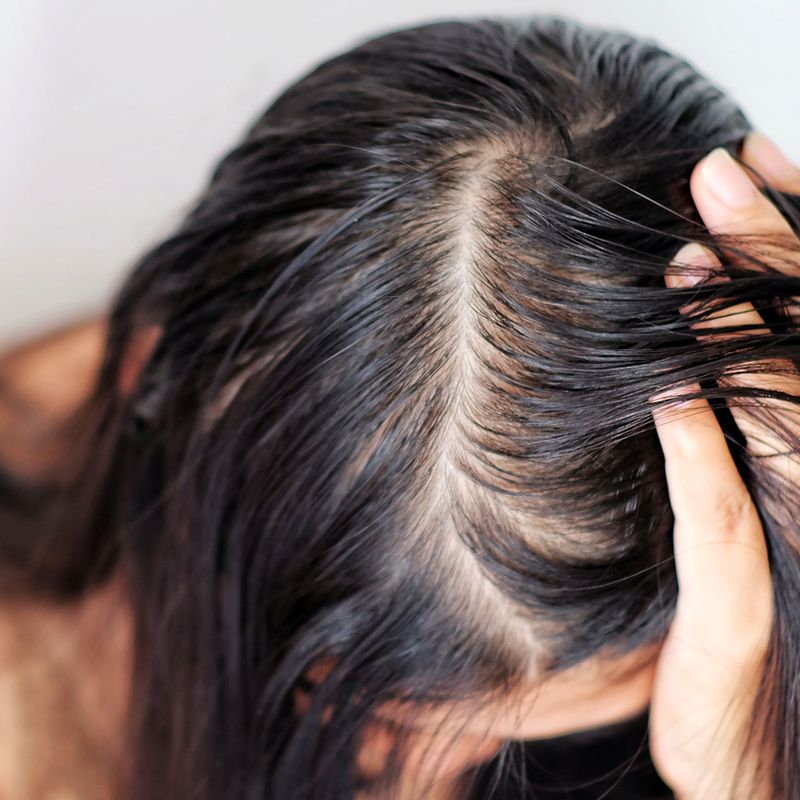
Thinning hair can be a shocking change for many women as they age. With each strand lost, confidence can wane, making this issue particularly challenging. The reduced volume often alters styling options and requires innovative solutions.
One approach involves using volumizing products that boost body without weighing hair down. Stylists frequently recommend gentle handling to protect fragile strands from breakage.
Did you know? Regular scalp massages can stimulate blood flow, potentially promoting healthier hair growth. Search for styles or products that can help mask thinning areas while enhancing overall appearance.
Gray Hair Management

Embracing gray hair is both liberating and intimidating for many women. This transition often symbolizes wisdom and experience but also requires a shift in hair care routines. Gray hair tends to be coarser and more susceptible to dryness.
Using moisturizing shampoos and conditioners designed for gray hair can add shine and softness. Many opt for regular salon visits to maintain the color or enhance it with highlights.
Fun fact: Ancient Rome viewed gray hair as a sign of respect and wisdom. Today, many women choose to celebrate it with pride and style.
Texture Changes
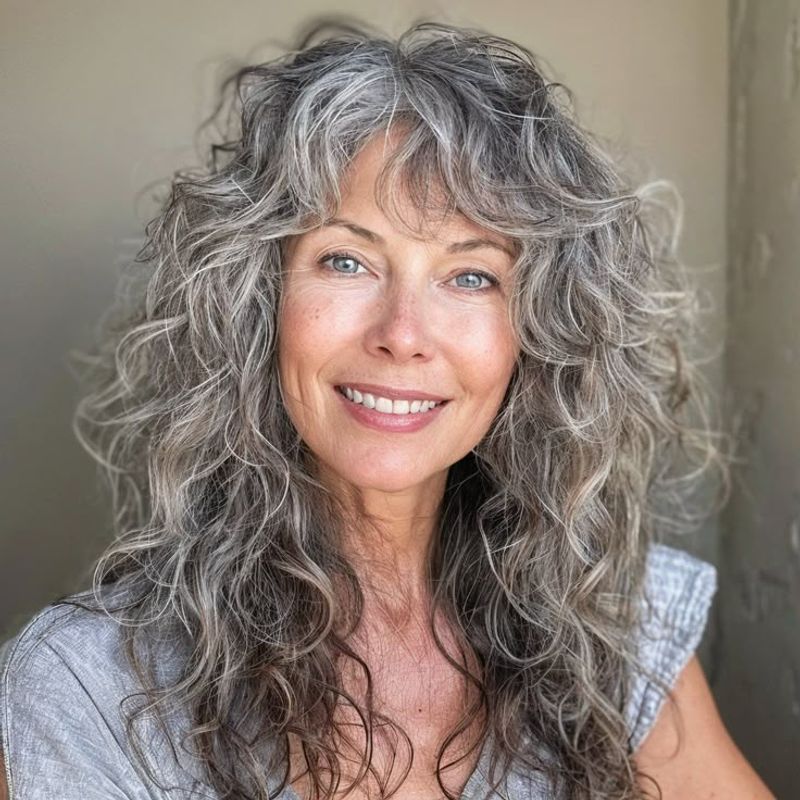
As hormones shift, so can hair texture, leaving many women puzzled by sudden changes. Curls might lose their spring, or straight hair may become wavy. Adapting to these changes can be tricky but not impossible.
Hydrating products and leave-in conditioners are essential allies in maintaining texture. Regular trims help manage new growth patterns and minimize frizz.
A personal touch: Styling with a diffuser can enhance natural curls, adding bounce and life. Experimenting with different techniques can uncover new styles that embrace texture changes.
Dryness and Frizz

The battle against dryness and frizz can feel relentless. Mature hair often struggles with moisture retention, leading to a frizzy appearance that is difficult to tame.
Incorporating deep conditioning treatments into a regular routine provides much-needed hydration. Avoiding heat styling tools can also prevent further damage.
Did you know? Silk pillowcases can minimize friction, reducing frizz and preserving hairstyles overnight. This simple switch can lead to smoother, healthier-looking hair over time.
Hair Loss
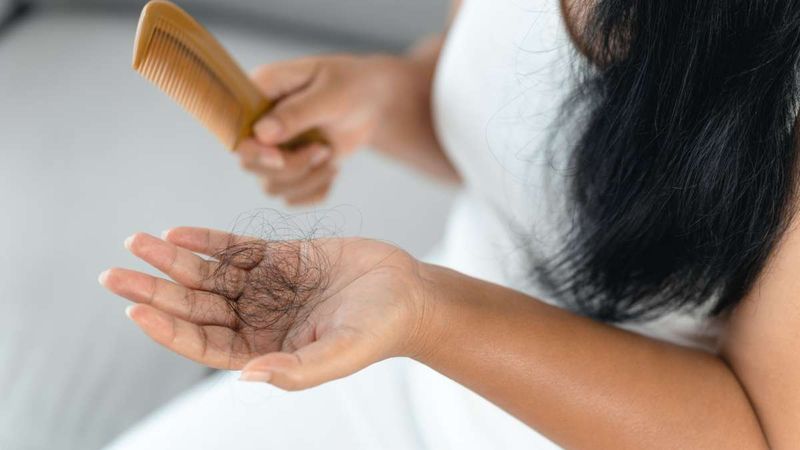
Facing hair loss can be emotionally taxing, as it often feels like losing a part of one’s identity. This challenge requires understanding the underlying causes, which can range from hormonal changes to stress.
Consulting a healthcare professional can provide insights and potential treatments. Topical solutions and dietary adjustments are often recommended to support hair health.
A comforting thought: Many women find embracing shorter styles can ease the transition, providing a fresh look that feels empowering and chic.
Color Fading
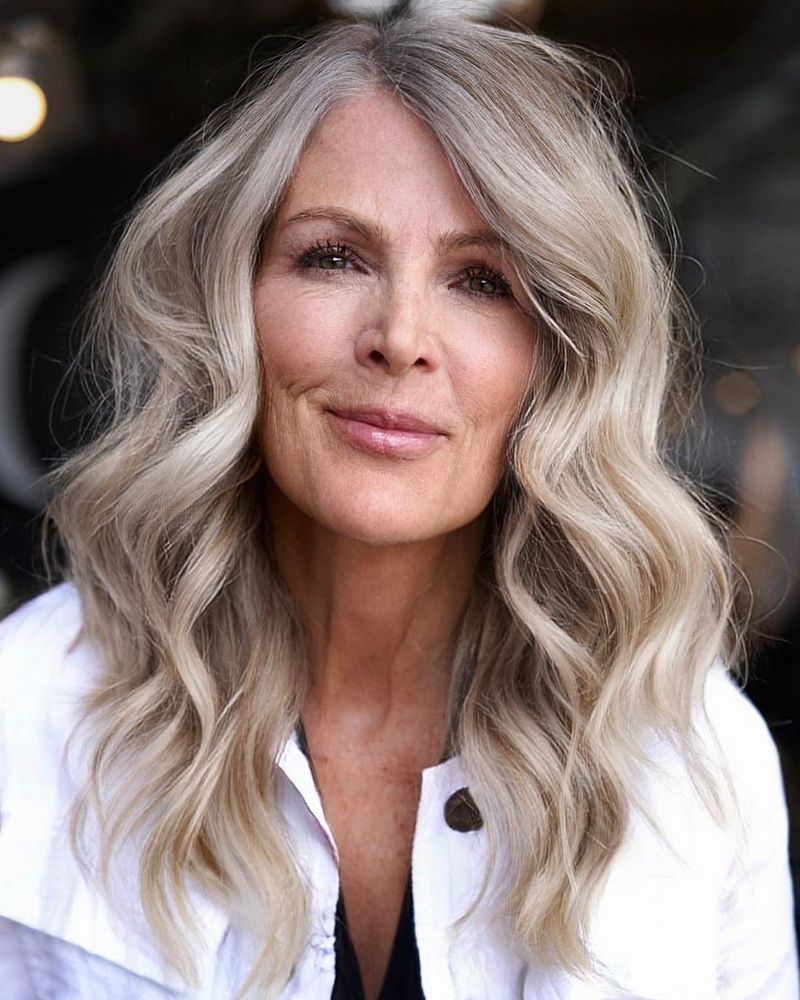
Maintaining vibrant hair color can be a constant endeavor. As hair ages, it may struggle to retain dye, leading to rapid fading that frustrates many.
Using color-safe shampoos and conditioners extends the life of the dye, keeping it vibrant longer. Minimizing sun exposure can also protect color from fading.
Trivia: Ancient Egyptians used henna to preserve hair color. Today, natural and gentle dyes offer a modern solution for maintaining rich shades without damaging mature locks.
Split Ends
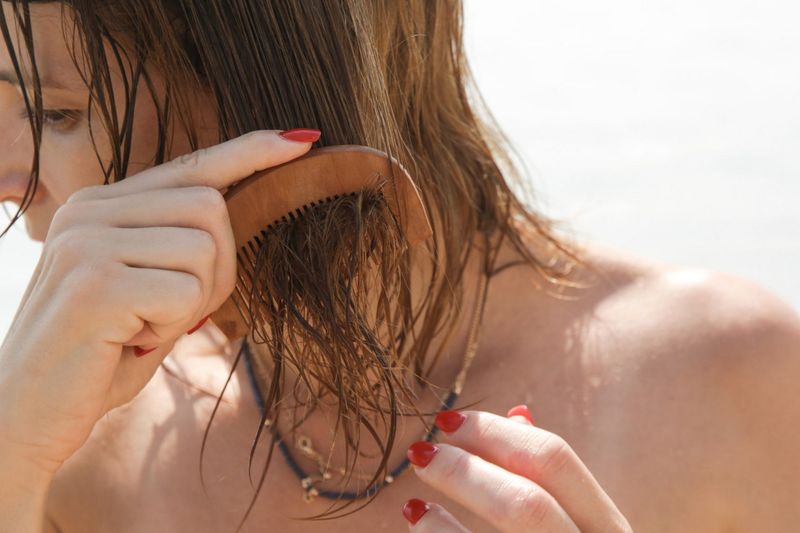
Split ends can make hair look unhealthy and unkempt, a common issue as hair ages and becomes more fragile. Regular trims are essential to prevent split ends from traveling up the hair shaft.
Hydrating serums and leaving-in conditioners can protect against environmental damage, adding a layer of defense against breakage.
A stylist’s secret: Cutting hair when it’s dry can help stylists see and eliminate split ends more effectively, ensuring hair looks neat and polished between salon visits.
Scalp Sensitivity
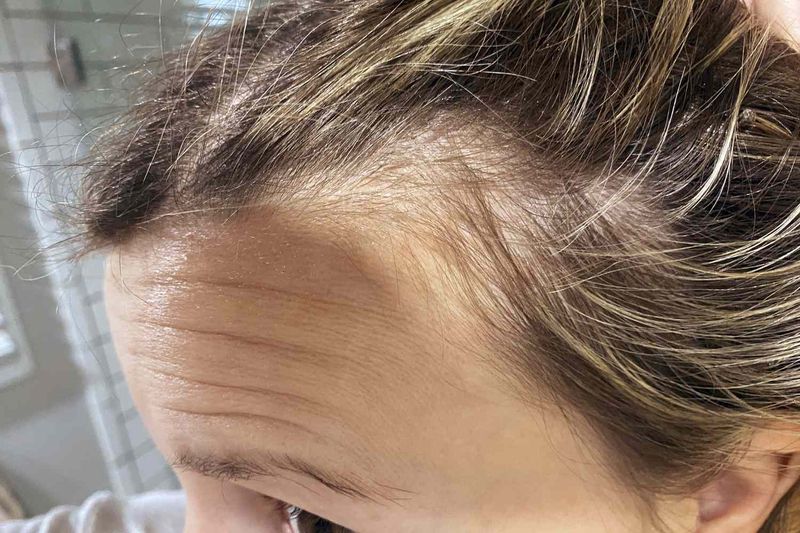
Aging brings about changes not only to the hair but also to the scalp. Increased sensitivity can lead to discomfort, itching, or flakiness, making hair care more challenging.
Gentle, sulfate-free shampoos and soothing scalp treatments can alleviate sensitivity. Regularly checking for irritants in hair products can prevent further issues.
Did you know? Aloe vera and chamomile are natural remedies that soothe sensitive scalps, offering relief and promoting a healthier environment for hair growth.
Loss of Elasticity
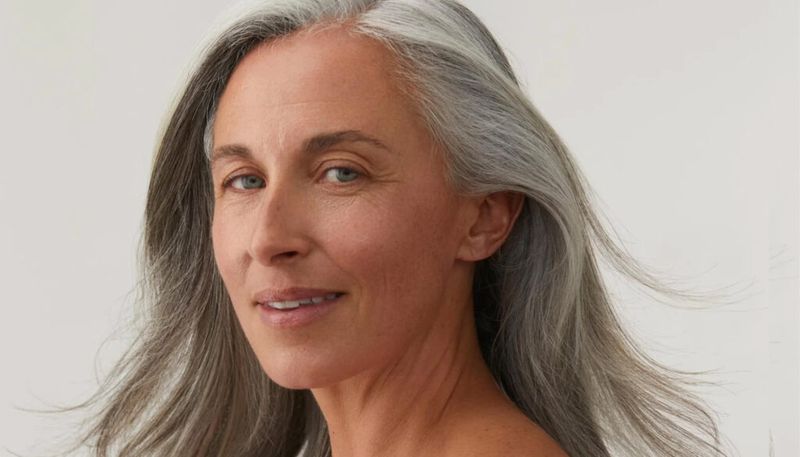
Elasticity in hair is a sign of health, but aging can cause strands to lose their bounce and resilience. This loss makes styling a challenge, as hair becomes more prone to breakage.
Incorporating protein treatments can strengthen hair, restoring some elasticity. Avoiding tight hairstyles that stress hair is also crucial.
A little-known tip: Plumping shampoos can add volume and life, giving hair a youthful appearance even as elasticity diminishes.
Bald Spots
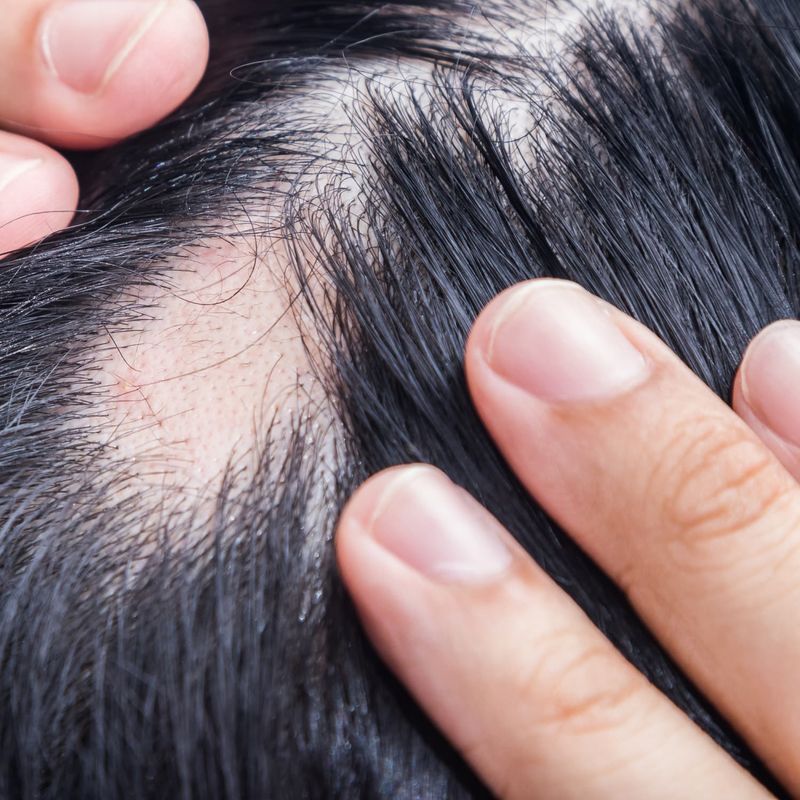
Discovering bald spots can be distressing, often affecting self-esteem. These can appear due to genetics, hormonal shifts, or stress.
Hair fibers and concealing products offer temporary solutions, masking thin areas effectively. Consulting a dermatologist can provide more permanent treatment options.
Interesting fact: Wearing hats regularly can sometimes contribute to hair thinning, so it’s essential to let your scalp breathe when possible.
Chemical Damage
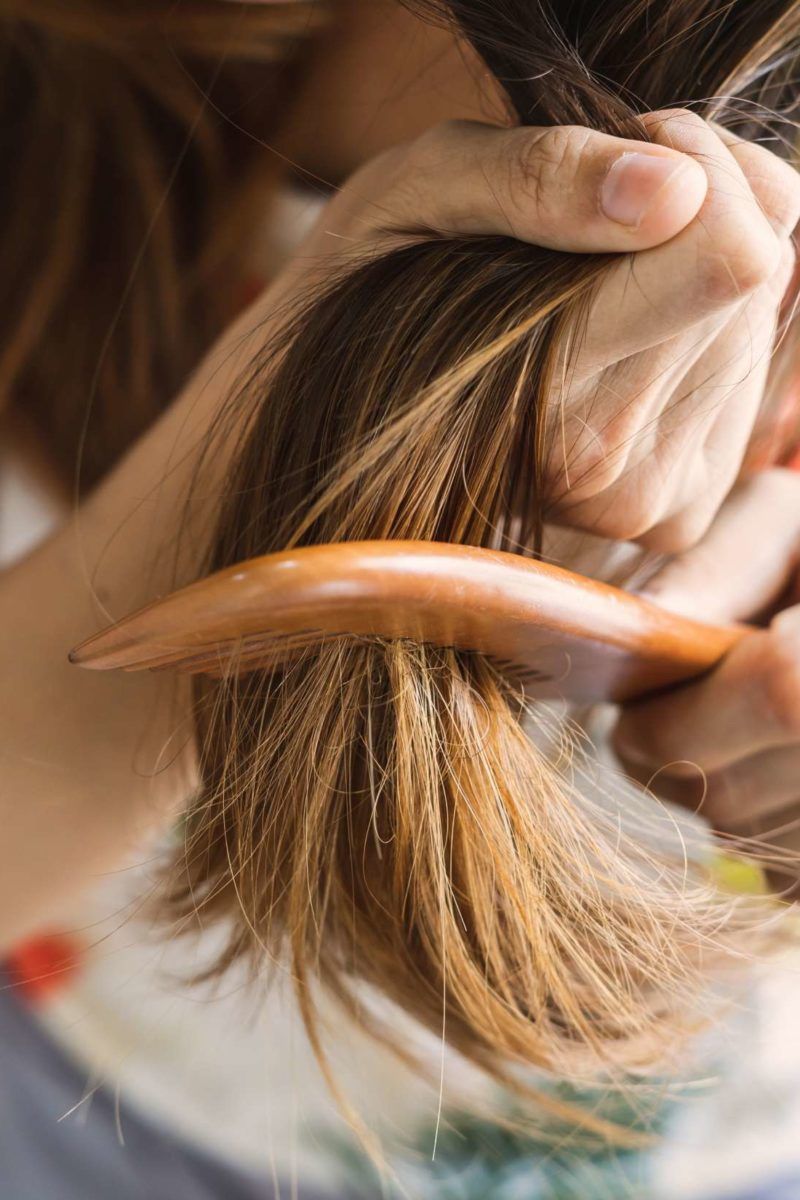
Over time, chemical treatments can take a toll on hair, leaving it fragile and weak. Rebuilding hair’s strength requires patience and commitment to restorative care.
Opting for nourishing treatments that focus on rebuilding hair bonds is crucial. Limiting chemical exposure and opting for natural alternatives can also aid recovery.
A stylist’s advice: Transitioning to semi-permanent colors can reduce damage while maintaining vibrancy, offering a healthier option for mature hair.
Dandruff
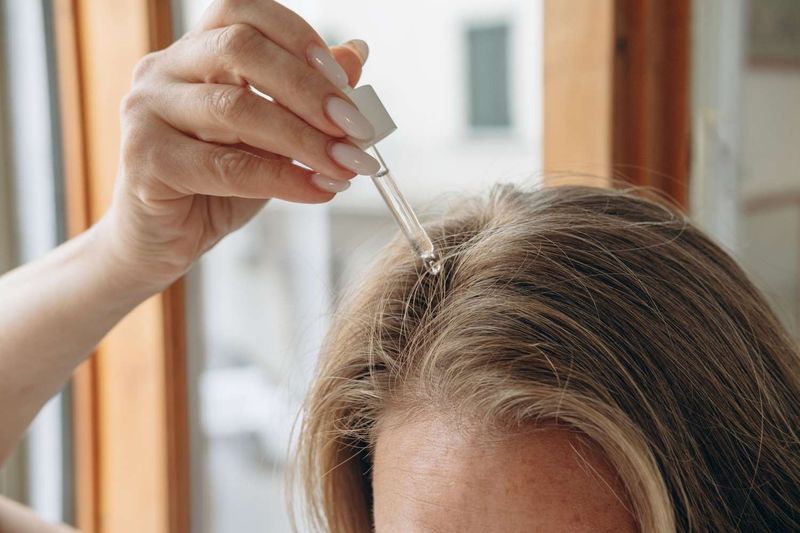
Dandruff can become more prominent with age, often linked to changes in scalp health or diet. Flakes can be embarrassing, prompting many to seek effective treatments.
Anti-dandruff shampoos can help, but finding a formula that suits mature scalps is key. Natural remedies like tea tree oil offer soothing alternatives.
A surprising note: Regular brushing can distribute natural oils, promoting a healthier scalp and reducing dandruff’s appearance.
Difficulty Holding Styles

Aging hair may resist styling, causing frustration as curls fall flat or updos collapse. This resistance stems from texture changes and diminished elasticity.
Using styling products designed for hold can enhance results, while tools like rollers add volume and shape. Experimenting with new methods may uncover unexpected solutions.
Tip of the day: Setting sprays can lock in styles, ensuring longevity even when hair seems uncooperative. Discovering the right combination of products can transform styling challenges into triumphs.
Brittleness
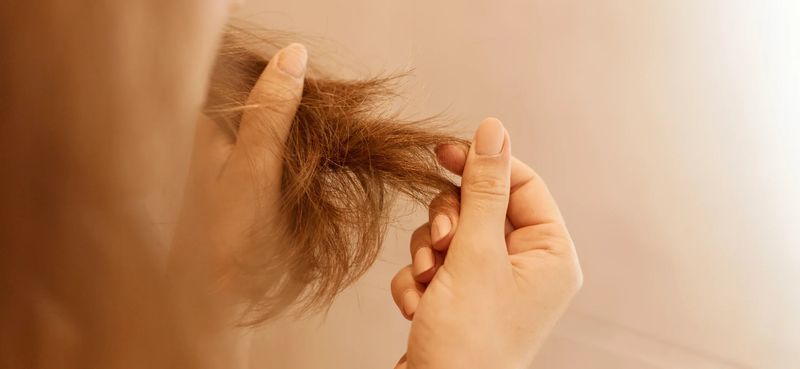
Brittleness can make hair feel fragile, breaking easily under stress. This condition calls for care and nurturing to restore vitality.
Moisturizing oils and butters are vital in combating brittleness, infusing hair with essential nutrients. Avoiding excessive heat and chemical treatments can also protect delicate strands.
A comforting fact: Regularly trimming brittle ends encourages healthier growth, gradually improving hair’s overall strength and resilience, bringing back a sense of robustness.
